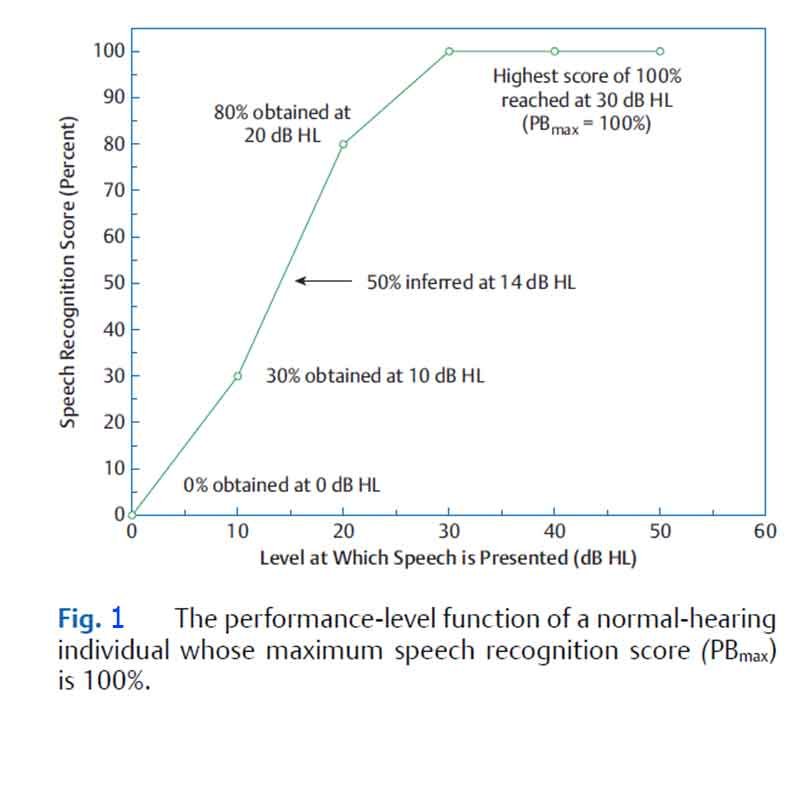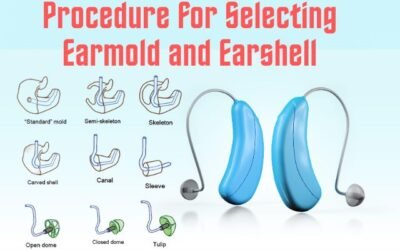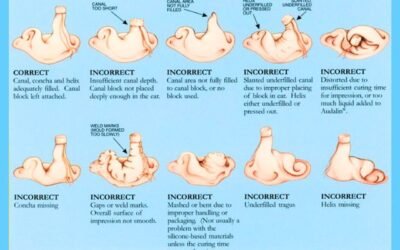PIPB Function – Procedure and Application: Patient’s speech recognition performance depends on the intensity of the test materials it is called PIPB ( Performance Intensity Phonetically Balanced) Function Test when phonemically balanced PB words are used.
The study of relative intelligibility of spondee at different intensity level is termed as ‘Articulation curve’. The study of intelligibility of phonetically balanced word at different intensity is termed as PIPB function.
Purpose of PIPB Function Test:
- To assess patient speech recognition ability in the form of percentage of word are repeated correctly at specified level of presentation.
- It helps in determining the level of presentation of speech signals in speech discrimination test as well as some of the special test for central auditory nervous system.
Procedure of PIPB Function Test:
- instruct the client you will hear some words through headphones you have to repeat the listen words(PB words)
- The test is begins by varying intensity at which the words are presented.
- Take 3 frequencies PTA of 500, 1000, 2000 Hz and increase intensity in 10dB step till platu is reached/ performance or discrimination score reached at 100% or maximum.
- There is reduction of speech recognition scores that occurs intensities above where PBmax obtained is called rollover of the PI function/PI Rollover.
- Further increase the intensity results a lowest speech recognition score over PBmax obtained is known as PBmin.
Interpretation of PIPB Function Test:
- The score are interoperated in the form of Rollover Index (RI) (Jerger and Jerger, 1971).
RI = PB max – PB min / PB max



Application of PIPB Function Test:
- Help in determine the site of lesion (to rule out RCP)
- Assess central auditory function
- Plan and evaluate aural rehabilitation programs
- Evaluate HA candidacy and select appropriate amplification.
References:
⇒ Essentials of Audiology – Stanley A. Gelfand, PhD (Book)
You are reading about:
PIPB Function – Procedure and Application







Glycerol test